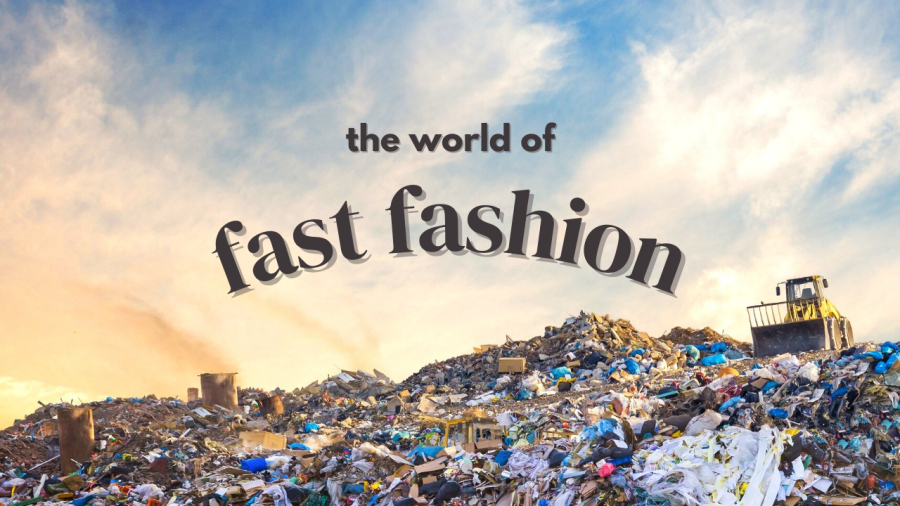The Story Behind Fast Fashion
Fast fashion—we’ve all heard it, whether scrolling through social media, flipping through magazines, or strolling down the bustling streets of our favorite shopping districts. But what exactly does it entail? Fast fashion isn’t just about swiftly changing trends or the rapid turnover of clothing collections. It’s a multifaceted phenomenon that has profoundly reshaped the global industry.
The Rise of Fast Fashion
Let’s rewind a few decades. In the not-so-distant past, trends were relatively stable. Major fashion houses would unveil their collections twice a year, dictating what was deemed stylish for the upcoming seasons. Consumers eagerly await these releases, and purchasing new clothing was often considered an investment rather than a fleeting whim.
Changing Consumer Behavior
But then, something shifted. Consumer expectations began to evolve as society became more interconnected through the rise of the internet and social media. People craved constant novelty and instant gratification. They wanted to emulate the latest celebrity looks they saw online and stay ahead of the curve without breaking the bank.
Enter Fast Fashion Brands
Cue the entrance of fast fashion brands. Companies like Zara, H&M, and Forever 21 revolutionized the industry with their ability to quickly churn out affordable clothing inspired by the latest runway trends. Instead of waiting months for new designs to hit stores, consumers could find them within weeks, if not days, of their debut on the catwalk.
The Dark Side of Fast Fashion
While the pull of fast fashion is indisputable, its impact on the environment, labor practices, and overall societal well-being cannot be ignored.
Environmental Concerns
Fast fashion’s rapid production cycle contributes to significant environmental degradation. From the extraction of raw information to the disposal of garments, the industry generates vast amounts of waste and pollution. Cheaply made clothing often ends up in landfills, further exacerbating the problem.
Ethical Dilemmas
Moreover, the quest for low-cost production has led to exploitation within the garment industry. Workers, predominantly in developing countries, endure long hours, meager wages, and unsafe working conditions to meet the demand for fast fashion. Human rights violations, as well child labor and forced labor, remain prevalent in many manufacturing hubs.
Unsustainable Consumption
On the consumer end, the model promotes a culture of disposable fashion. Clothes are treated as transient commodities rather than cherished possessions, leading to excessive consumption and constant buying and discarding. This strains finite resources and perpetuates a throwaway mindset that prioritizes quantity over quality.
Shifting Towards Sustainability
Amid growing awareness of the detrimental effects of fast fashion, there has been a push for change within the industry.
Sustainable Alternatives
Some brands embrace sustainable practices, opting for eco-friendly materials, ethical manufacturing processes, and transparent supply chains. Slow fashion movements encourage consumers to buy not many, higher-quality pieces that stand the test of time, reducing their environmental footprint and supporting fair labor practices.
Secondhand and Upcycling
Additionally, the rise of secondhand shopping and clothing rental services offers a more sustainable way to indulge in fashion. By giving pre-loved garments a new tenancy on life, individuals can reduce waste and minimize their contribution to the fast fashion cycle. Upcycling, or repurposing old clothing into new creations, adds another layer of creativity and sustainability.
Conclusion: Rethinking Fashion
In conclusion, fast fashion has reshaped how we consume and perceive clothing. While it has democratized and empowered individuals to express themselves affordably, it comes at a considerable cost to the environment, workers, and society. As consumers, we can drive change by making informed choices, supporting ethical brands, and advocating for a more sustainable industry. By rethinking our relationship with clothing, we can move towards a future where everything is stylish, ethical, and environmentally conscious.






